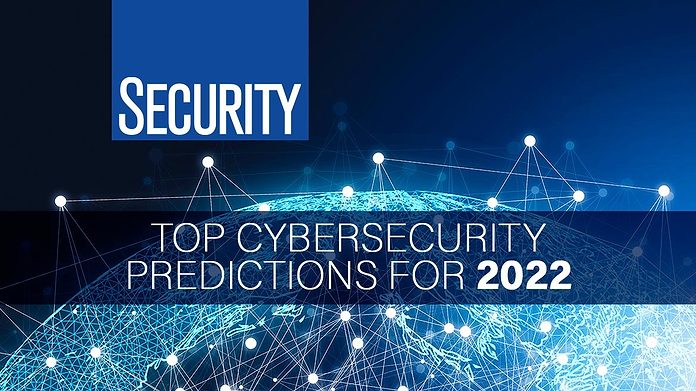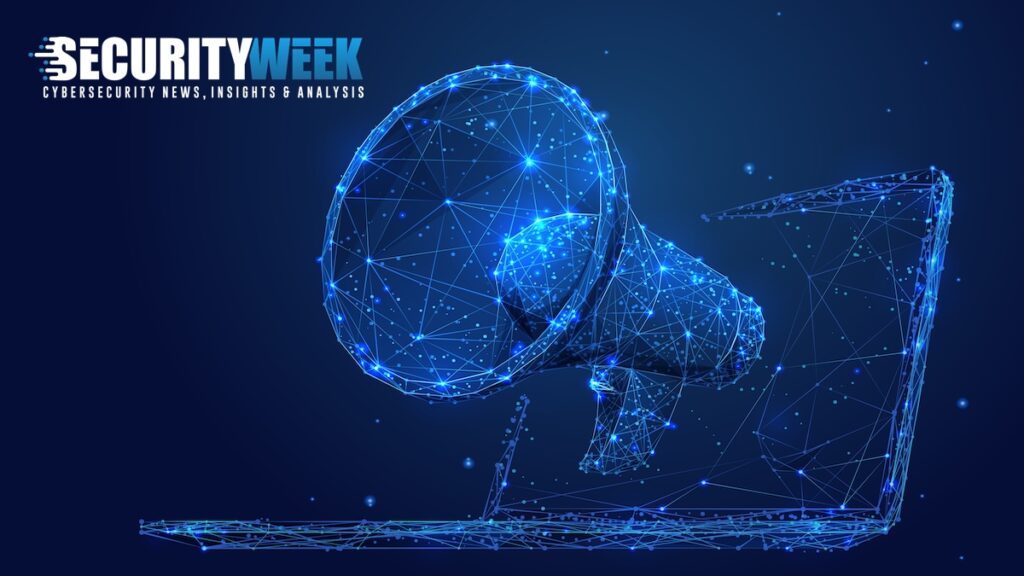Learn 7 Cybersecurity Predictions for 2025 to safeguard your data.
Learn 7 Cybersecurity Predictions for 2025 to safeguard your data.
Blog Article
The Following Frontier: Insightful Cybersecurity Predictions for the Coming Year
As we approach the new year, the cybersecurity landscape gets on the verge of remarkable change. Trick elements such as the assimilation of advanced AI modern technologies, the unavoidable surge of sophisticated ransomware, and the tightening up of information privacy policies are shaping the future of digital safety. The ongoing prevalence of remote work proceeds to subject brand-new vulnerabilities that organizations should navigate. Comprehending these dynamics is crucial for anticipating the challenges ahead and purposefully fortifying defenses, yet the implications of these modifications stay to be completely checked out.
Rise of AI in Cybersecurity
In the rapidly developing landscape of cybersecurity, the integration of expert system (AI) is becoming a crucial pressure in improving hazard discovery and feedback capacities. AI innovations, such as maker understanding algorithms and deep discovering models, are being significantly released to analyze vast amounts of information and recognize patterns a measure of safety risks. cybersecurity and privacy advisory. This allows organizations to proactively attend to susceptabilities before they can be manipulated
The rise of AI in cybersecurity is especially substantial in its ability to automate routine jobs, permitting human analysts to concentrate on more intricate protection concerns. By leveraging AI, cybersecurity teams can minimize feedback times and improve the accuracy of hazard assessments. Additionally, AI systems can adapt and discover from new risks, continually refining their detection systems to remain in advance of malicious stars.
As cyber risks come to be much more innovative, the demand for advanced solutions will drive further financial investment in AI modern technologies. This fad will likely result in the development of enhanced security devices that include anticipating analytics and real-time surveillance, eventually fortifying organizational defenses. The shift in the direction of AI-powered cybersecurity remedies represents not just a technological change but a basic change in just how companies approach their protection methods.
Increase in Ransomware Assaults
Ransomware attacks have come to be a prevalent danger in the cybersecurity landscape, targeting organizations of all dimensions and throughout different sectors. As we advance right into the coming year, it is prepared for that these strikes will not just enhance in frequency yet also in elegance. Cybercriminals are leveraging sophisticated tactics, including using expert system and artificial intelligence, to bypass conventional security procedures and manipulate susceptabilities within systems.
The rise of ransomware strikes can be credited to a number of variables, consisting of the increase of remote job and the growing dependence on electronic solutions. Organizations are typically not really prepared for the developing threat landscape, leaving essential infrastructure vulnerable to breaches. The financial effects of ransomware are astonishing, with companies dealing with large ransom demands and prospective long-lasting functional disturbances.
Furthermore, the pattern of double extortion-- where opponents not just encrypt information yet also intimidate to leak delicate info-- has obtained traction, additionally persuading targets to follow demands. Therefore, organizations must prioritize robust cybersecurity steps, consisting of normal backups, employee training, and case reaction preparation, to mitigate the dangers associated with ransomware. Failing to do so might lead to devastating consequences in the year ahead.
Advancement of Information Personal Privacy Regulations
The landscape of information privacy regulations is going through considerable change as federal governments and organizations reply to the increasing issues bordering personal data protection. Recently, the implementation of extensive frameworks, such as the General Information Defense Guideline (GDPR) in Europe and the California Customer Privacy Act (CCPA) in the United States, has actually set a criterion for stricter find this personal privacy laws. These policies emphasize customers' rights to control their information, mandating openness and responsibility from organizations that collect and refine personal info.

Furthermore, companies will certainly require to enhance their conformity strategies, buying innovative technologies and training to secure sensitive information. The advancement of data personal privacy guidelines will certainly not just impact just how companies run however additionally shape customer assumptions, fostering a society of count on and security in the digital landscape.
Development of Remote Job Vulnerabilities
As companies remain to accept remote work, susceptabilities in cybersecurity have actually increasingly concerned the forefront. The change to adaptable job arrangements has exposed vital voids in protection procedures, particularly as workers access sensitive data from diverse areas and devices. This decentralized work environment creates an increased strike surface for cybercriminals, who make use of unsafe Wi-Fi networks and individual devices to infiltrate business systems.

To minimize these vulnerabilities, organizations must prioritize comprehensive cybersecurity training and apply robust safety frameworks that incorporate remote work scenarios. This includes multi-factor authentication, regular system updates, and the establishment of clear protocols for information gain access to and sharing. By dealing with these vulnerabilities head-on, firms can foster a much safer remote workplace while keeping operational durability despite developing cyber risks.
Innovations in Threat Discovery Technologies


Aggressive threat discovery has come to be a cornerstone of contemporary cybersecurity approaches, reflecting the immediate need to neutralize progressively innovative cyber risks. As companies face a developing landscape of vulnerabilities, developments in risk discovery modern technologies are vital in mitigating dangers and boosting safety positions.
One significant straight from the source fad is the integration of expert system and artificial intelligence right into danger detection systems. These innovations enable the analysis of substantial amounts of information in actual time, enabling for the recognition of anomalies and possibly harmful activities that may avert traditional safety measures. Furthermore, behavioral analytics are being carried out to establish baselines for normal customer activity, making it less complicated to find variances indicative of a violation.
Additionally, the increase of automated hazard intelligence sharing platforms helps with collaborative defense initiatives across markets. This real-time exchange of details enhances situational understanding and accelerates action times to arising risks.
As organizations proceed this contact form to spend in these advanced innovations, the performance of cyber defense reaction will substantially improve, equipping safety and security teams to remain one step ahead of cybercriminals. Ultimately, these innovations will play a crucial role in shaping the future landscape of cybersecurity.
Conclusion
In summary, the future year is expected to witness transformative advancements in cybersecurity, driven by the combination of AI modern technologies and a significant boost in ransomware attacks. As information personal privacy laws come to be much more stringent, companies will certainly need to improve conformity methods. The recurring challenges presented by remote work susceptabilities demand the execution of robust safety actions and comprehensive training. Generally, these developing characteristics emphasize the essential relevance of adapting to an ever-changing cybersecurity landscape.
Report this page